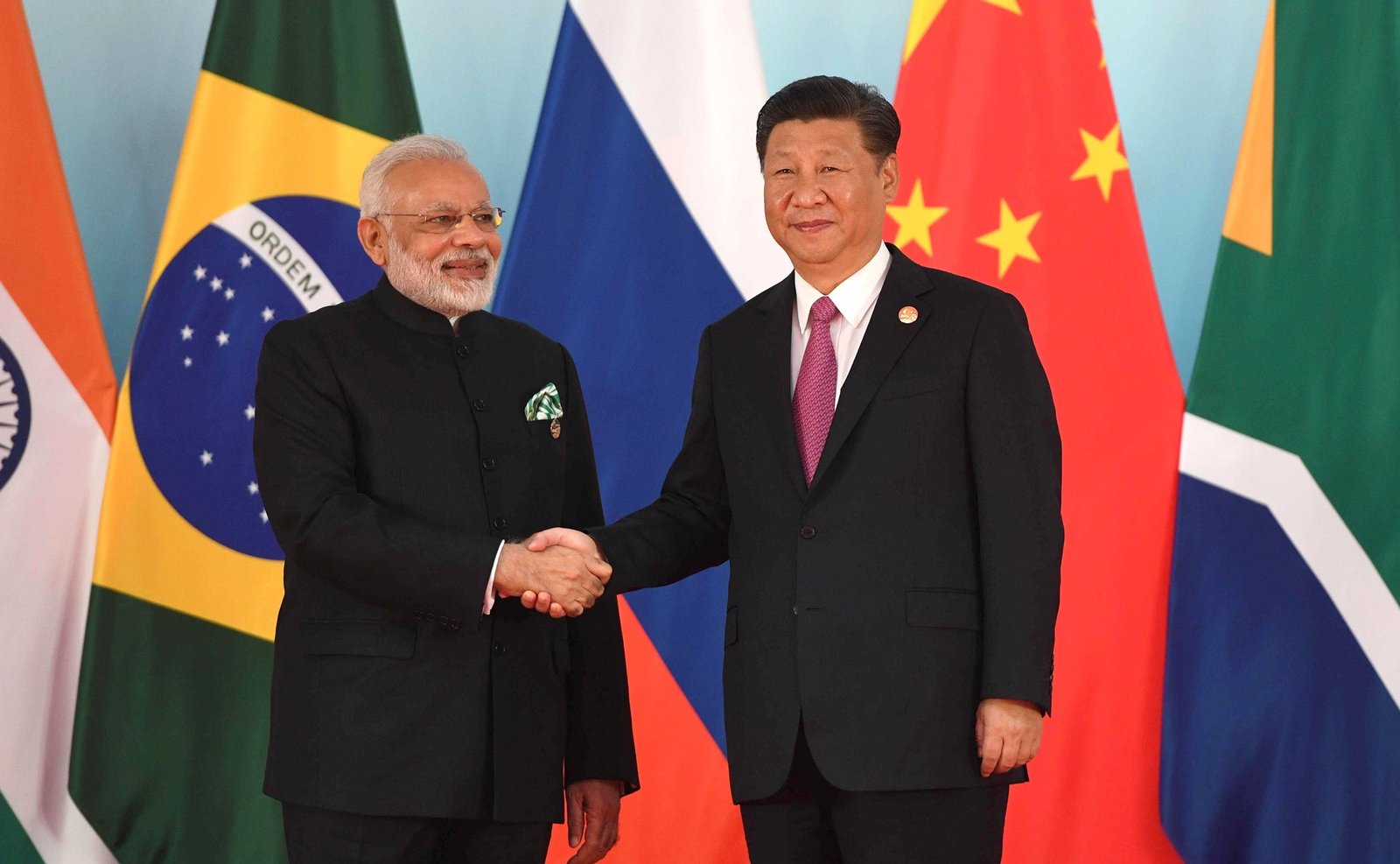The political landscape of Asia, particularly the dynamics between two of its nuclear-armed giants, China and India, came into sharp focus when Chinese President Xi Jinping decided not to attend the G20 summit hosted by India. The move, perceived in India as a snub, has further crystallized the frosty state of the already tense bilateral relations between the two nations.
While the official stances of both countries on Xi’s decision remain largely unspoken, political analysts read it as a sign that continues to exacerbate the existing irritants. Notable among these is the military stand-off along the disputed Himalayan border. India has maintained its stance, insisting that the broader relationship between the two countries hinges on a comprehensive resolution of the frontier disputes.
Despite the undercurrents of discord, attempts at understanding the political nuances remain integral. India’s foreign ministry, when asked about Xi’s absence and Beijing’s choice to send Premier Li Qiang as their representative for the summit, declined to comment. The Chinese foreign ministry, represented by spokesperson Mao Ning, emphasized that Beijing’s stand on its relationship with India was stable. Mao Ning elaborated, pointing out that China supported India’s hosting of the G20 summit and expressed Beijing’s intent to cooperate and foster better relations with New Delhi.
Yet, beneath the official rhetoric, there are discernible tones of unease. Although India’s government has attempted to downplay Xi’s absence, attributing it to personal reasons leaders might have to skip such global gatherings, members of India’s ruling party voiced their perceptions. Baijayant Jay Panda, BJP’s vice president, commented on China’s historical tendency to display what he described as ‘petulance’. He noted the potential discomfort Beijing might feel with India’s surging economic growth. “Four decades saw China as the fastest-growing economy. Now, that title seems to be shifting towards India,” he remarked.
The backdrop of this political dance is a tumultuous recent history. The clash in June 2020 between the troops of both nations in the western Himalayas proved calamitous, with 20 Indian soldiers and four Chinese troops losing their lives. Subsequent rounds of military and diplomatic negotiations brought a semblance of calm to the nearly 3,000-km long frontier. However, tensions persist in specific regions. Both nations have built a significant military presence there, with India pushing for further disengagements and a return to the pre-summer 2020 positions.
Last month’s BRICS summit in Johannesburg showcased another example of the misaligned perspectives of the two nations. While the Indian side asserted that both leaders agreed on a swift resolution to the border dispute, China’s version omitted any such agreement, emphasizing instead on the mutual benefits of improved ties for both nations and global peace.
India’s international alliances and internal policies further complicate the relationship. Moving closer to the United States since 2020, India has also taken measures that seem to curb Chinese influence in critical tech and telecommunications sectors. Such moves have irked Beijing.
Shi Yinhong, an expert in international relations from China’s Renmin University, highlighted the existing challenges. India’s increasing participation in the Quad, a four-nation grouping that includes the U.S., Japan, and Australia, is viewed by Beijing as antagonistic. Shi emphasized India’s growing naval prowess and its opposition to China’s claims in the South China Sea. Coupled with stringent regulations on Chinese tech exports and direct investments, the divergences between the two nations seem profound and long-standing.
Former Indian diplomat, Shyam Saran, found Xi’s decision to skip the summit somewhat “unusual”. He expressed that while Xi’s presence would have been preferred from an Indian standpoint, his absence wouldn’t necessarily diminish the summit’s success.
However, academics like Happymon Jacob from New Delhi’s Jawaharlal Nehru University have a more pessimistic outlook. Jacob interpreted Xi’s decision as a foreboding sign for the future of Sino-Indian ties. “The absence underscores a perspective from China that indicates reduced amicability towards India for an extended period,” he stated.
In sum, while political grandstands and official positions often dominate headlines, the intricate dance of geopolitics is played out in decisions like attending or skipping a global summit. The G20 saga might just be a glimpse into the evolving narrative of the Asian giants and their future trajectories.
Read More:
